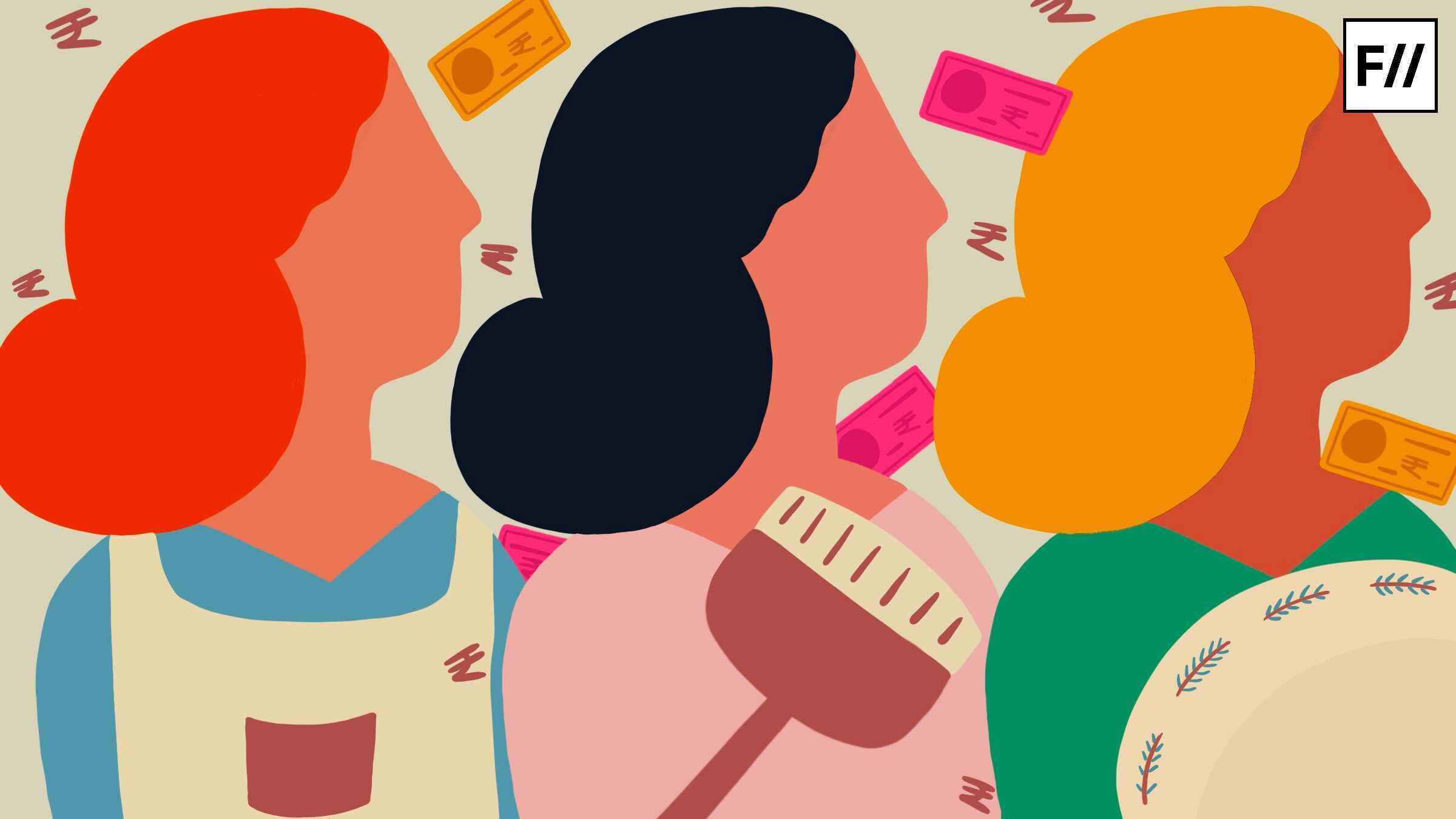Spoilers ahead! Writer-director Jeethu Joseph’s Mohanlal-Meena starrer Drishyam 2: The Resumption is perhaps one of the most successful sequels to…
Login to Read!
This content is restricted to site members. If you are an existing user, please log in below. Or you can can create an account here.
